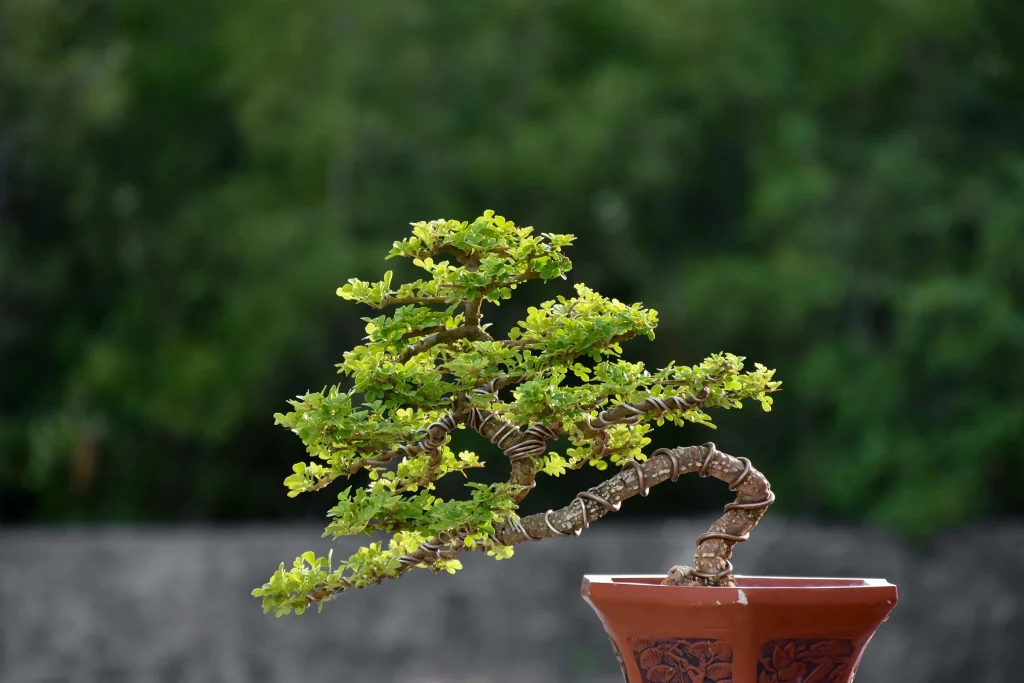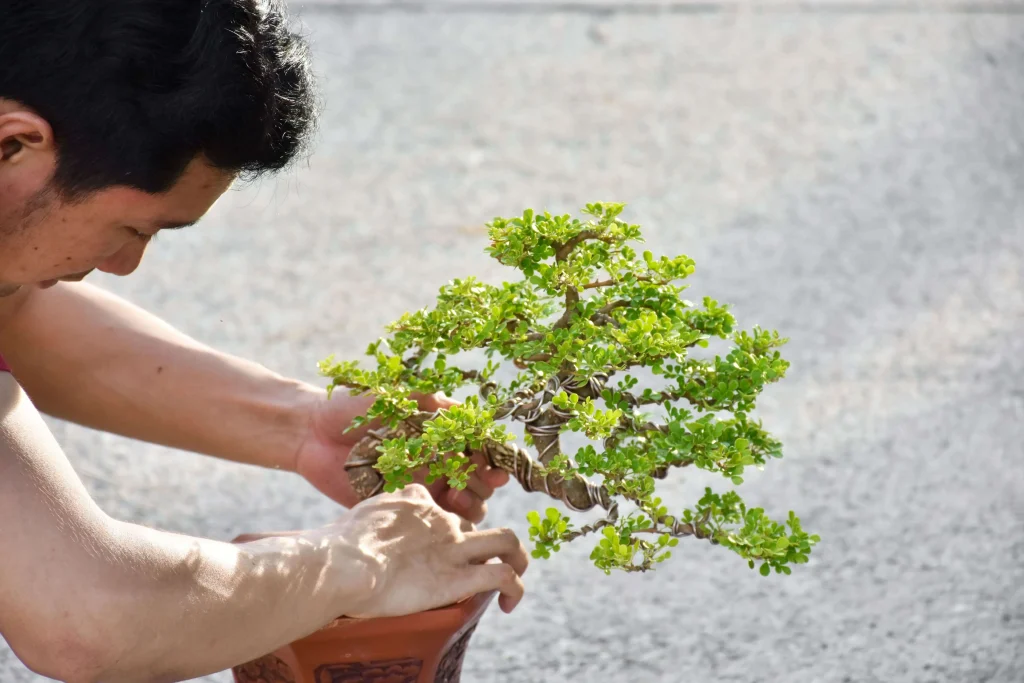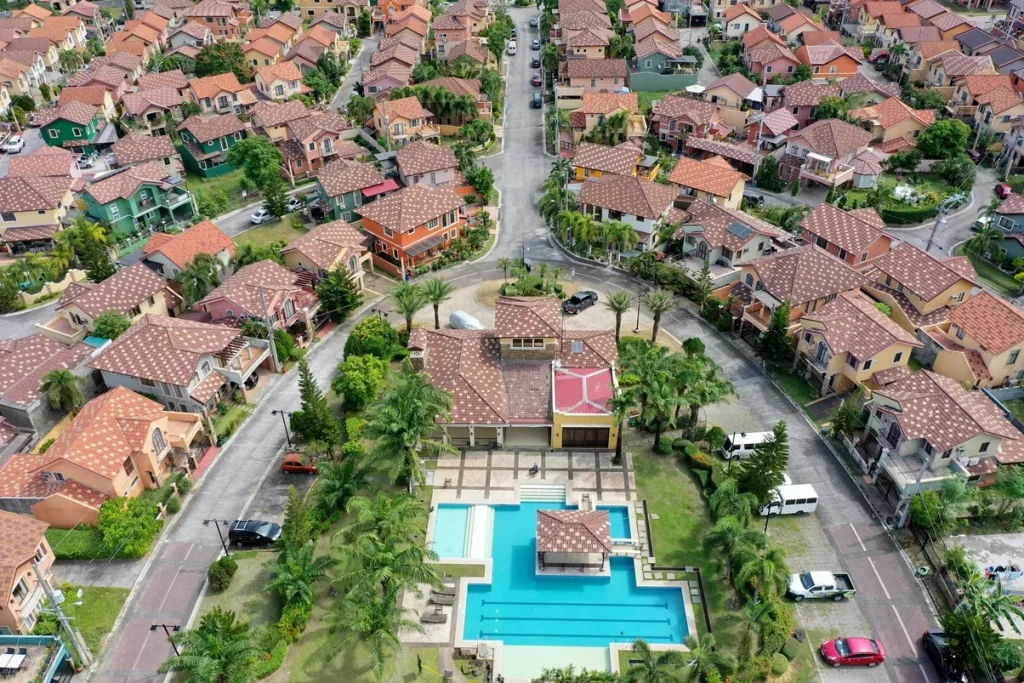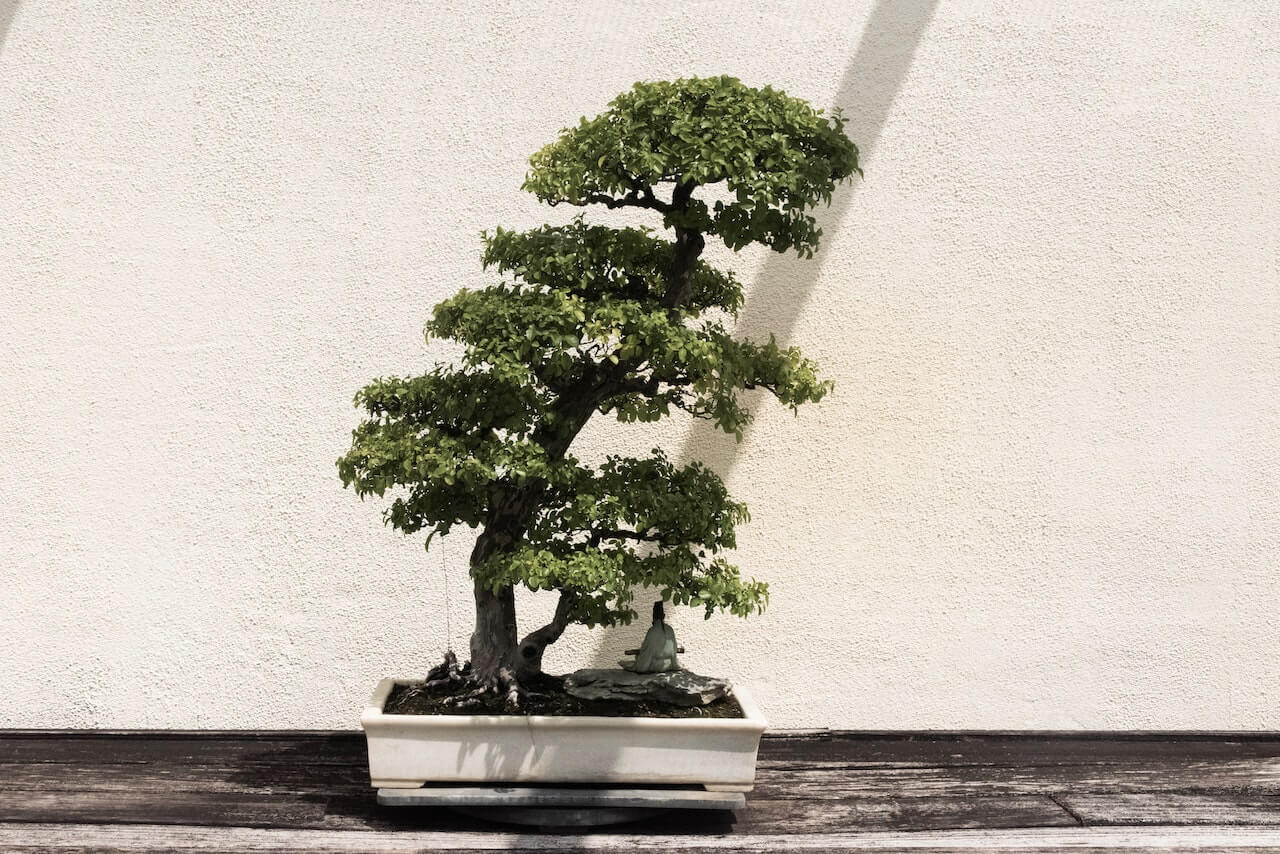To many, the bonsai tree is a symbol of hard work, dedication, and discipline, since properly caring for these valuable plants requires much effort and nurture from their owners. Similar to saving up to buy a quality home in a subdivision in Bacoor, Cavite, the process of growing bonsai trees can be a time-consuming and tedious endeavor, but one that is sure to give both a sublime sense of satisfaction and peace of mind once the fruits of one’s labor have literally grown.
Like with every hobby, getting into growing bonsai trees blind is a surefire way of achieving nothing more than failure and frustration. The art of raising and shaping bonsai plants is a deep and nuanced practice, requiring considerable time dedicated to studying its fundamentals before one can even begin caring for a bonsai tree of their own. It is then important for the aspiring bonsai tree owner to familiarize themselves with the key concepts of proper bonsai tree care, so as to ensure that their own bonsai plant can grow into a beautiful and one-of-a-kind specimen.
For those looking to immerse themselves in this sophisticated, Oriental art form, here are three major tips that one should remember when growing one’s own and possibly the best indoor bonsai trees.

Choose the Correct Tree Species First
While it may be tempting to pick just about any species of trees that has caught one’s interest for the purpose of turning them into bonsai, there are naturally some that aren’t suitable to be grown into bonsai trees. Potential trees that can be tended to become bonsai plants can be further divided into either indoor bonsai trees or outdoor bonsai trees, the difference being the deciding factor as to how exactly they will survive under one’s care.
For absolute beginners, fig plants AKA ficus trees can be their first bonsai tree due to how easy they are to maintain compared to other bonsai species. Varieties such as Ficus benjamina and Ficus retusa can make for wonderful bonsai trees, ones that will survive for a long time even if their caretakers are a bit neglectful in their care. If one is not satisfied with choosing a ficus as their initial choice, other indoor bonsai species that one may also consider raising are the jade plant and the Chinese elm, which are also noted to be excellent beginner trees.
Immediately choosing a species that may seem beautiful when grown as a bonsai tree can be viable for those already knowledgeable in the art, but beginners should always strive to first lower their expectations and progress at a humbler pace until they reach the day that they can consider themselves as veterans of the craft.
Research the Optimal Conditions Needed for Your Bonsai Tree to Thrive
Each species of bonsai are unique in its own way in not only its appearance but its needs as well. What might work for a ficus may not work for a pine bonsai, and thus beginners in the art of bonsai growing should first meticulously research the ideal growing conditions necessary for making their bonsai plant thrive indoors.
To start off, growers looking to raise subtropical varieties of bonsai trees should take note that they require lower temperatures to grow properly compared to their tropical counterparts. Some bonsai varieties require less water than others such as in the case of jade plant bonsai trees, which, due to their water-saturated leaves, don’t require to be watered often and would be better off being planted in small pots with good drainage. Species such as the snow rose bonsai, beloved for its small white flowers, can be especially sensitive, with their owners needing to be mindful of the conditions within their indoor environment to ensure that it remains healthy.
As mentioned beforehand, eager bonsai keepers that are intimidated by the level of care needed to maintain bonsai trees should first consider raising hardy species such as ficus trees to gain more experience in this art.

Study Proper Indoor Bonsai Tree Care
As a no-brainer tip, individuals planning to seriously get into bonsai rearing should at least familiarize themselves with some general tips regarding the proper care of bonsai trees. After all, bonsai trees are not just run-of-the-mill indoor plants that one can leave alone most of the time, as they have many specific needs that must be met in order for them to flourish.
Chief among the processes needed to be done in order to maintain a bonsai tree is pruning them, which can prevent any unwanted new growth from appearing via maintenance pruning and keep them in line according to the grower’s vision through structural pruning. The act of pruning is not just simply cutting off unwanted branches, but it is done so to give the bonsai tree an appealing shape while making sure it remains a miniature tree as well. Knowing the proper amount of light, temperature, humidity, soil mixture, and frequency of watering is also essential, as failure to take into account these variables would inevitably lead to the death of the plant. Some trees may need either direct or indirect sunlight, and some may prefer high humidity to properly grow.
It is essential then to first read up on how to care for a bonsai tree, maybe even attend courses or workshops dedicated to the art form to truly become prepared to accept the responsibility of caring for these magnificent houseplants.
In conclusion, growing indoor bonsai trees require a lot of work and dedication, and there are many things that prospective growers should keep in mind to ensure that their bonsai trees would grow nicely and survive. A beginner should first select a viable species that they can realistically raise, knowing the ideal requirements for their growth is also a must, and finally, being aware of the proper practices necessary for raising them is fundamental for their long-term development.
When taking one’s first step into growing bonsai trees, finding the best location is an important element, and one that Crown Asia can arrange with a premium house and lot in Ponticelli, a prime subdivision in Bacoor, Cavite.

Conveniently positioned just a few minutes away from the Manila-Cavite Expressway, Ponticelli not only offers choice properties for homeowners looking for a peaceful domestic life outside the hustle and bustle of the city while still having access to its conveniences. Families looking for their dream home will find that Ponticelli not only provides exceptional homes, but well-kept amenities for its residents such as playgrounds, barbecue areas, a swimming pool, and more. Bonsai growers seeking the perfect place for them to practice their hobby are sure to find the breezy and relaxing atmosphere to be good for their indoor bonsai trees.
For anyone looking for the best homes that can only be found within a subdivision in Bacoor, Cavite, why not give Crown Asia’s Ponticelli a look?
Read more: 7 Plants to Brighten Your Home


